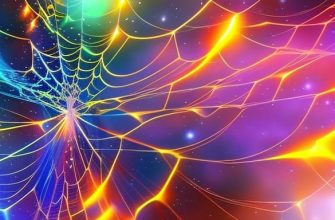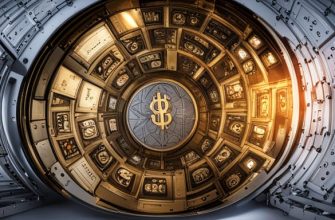In recent years, astronomers have made a groundbreaking discovery that could change our understanding of how planets form. A new type of planet formation mechanism known as gravitational instability has been discovered.
This mechanism involves collapsing a cloud of gas and dust due to its gravity, leading to the formation of planets. This article will explore this exciting new discovery and its potential implications.
What is Gravitational Instability?
Gravitational instability is a mechanism by which planets can form from a cloud of gas and dust in space. It occurs when the cloud is massive enough that its own gravity can overcome the gas pressure, causing the cloud to collapse in on itself.
As the cloud collapses, it spins, forming a disc of gas and dust around a central core. This disc is known as a protoplanetary disc, and it is from it that planets can form.
How Does Gravitational Instability Lead to Planet Formation?
As the protoplanetary disc forms, it cools, causing the gas and dust to clump together. These clumps can grow through collisions with other clumps and particles, eventually becoming planetesimals. Planetesimals are the building blocks of planets, and they can merge to form larger bodies, eventually becoming full-sized planets.
Gravitational instability can lead to gas giant planets like Jupiter and Saturn, which are thought to have formed from the collapse of a massive cloud of gas and dust.
This mechanism could also be responsible for forming other types of planets, such as super-Earths, which are larger than Earth but smaller than gas giants.
What are the Implications of this Discovery?
The discovery of gravitational instability as a planet formation mechanism has important implications for our understanding of the universe. Some of the potential implications include the following:
- Shedding new light on the formation and evolution of our solar system
- Helping us to understand better the diversity of planets that exist in the universe
- Advancing our understanding of the physical processes that govern the formation of planets and other celestial bodies
- Potentially leading to the discovery of new types of planets and planetary systems
Possible Problems and Negative Effects
While the discovery of gravitational instability as a planet formation mechanism is exciting, potential problems and negative effects must be considered. Some of these include:
- The potential for collisions between planets and other celestial bodies
- The possibility of planets forming in unstable orbits, leading to instability and chaos within the planetary system
- The risk of overestimating the frequency of planet formation, leading to unrealistic expectations for the search for extraterrestrial life
Positive Effects
Despite this discovery’s potential risks and challenges, there are also many positive effects. Some of these include:
- Advancing our understanding of the formation and evolution of planets and planetary systems
- Inspiring new generations of scientists and space explorers
- Stimulating technological innovation and economic growth through the development of new space exploration technologies
Conclusion
The discovery of gravitational instability as a planet formation mechanism is an exciting development that has the potential to advance our understanding of the universe significantly.
While there are potential risks and challenges associated with this discovery, the positive effects are numerous and far-reaching. As we continue to explore the mysteries of the universe, discoveries like this will undoubtedly continue to push the boundaries of our knowledge.








